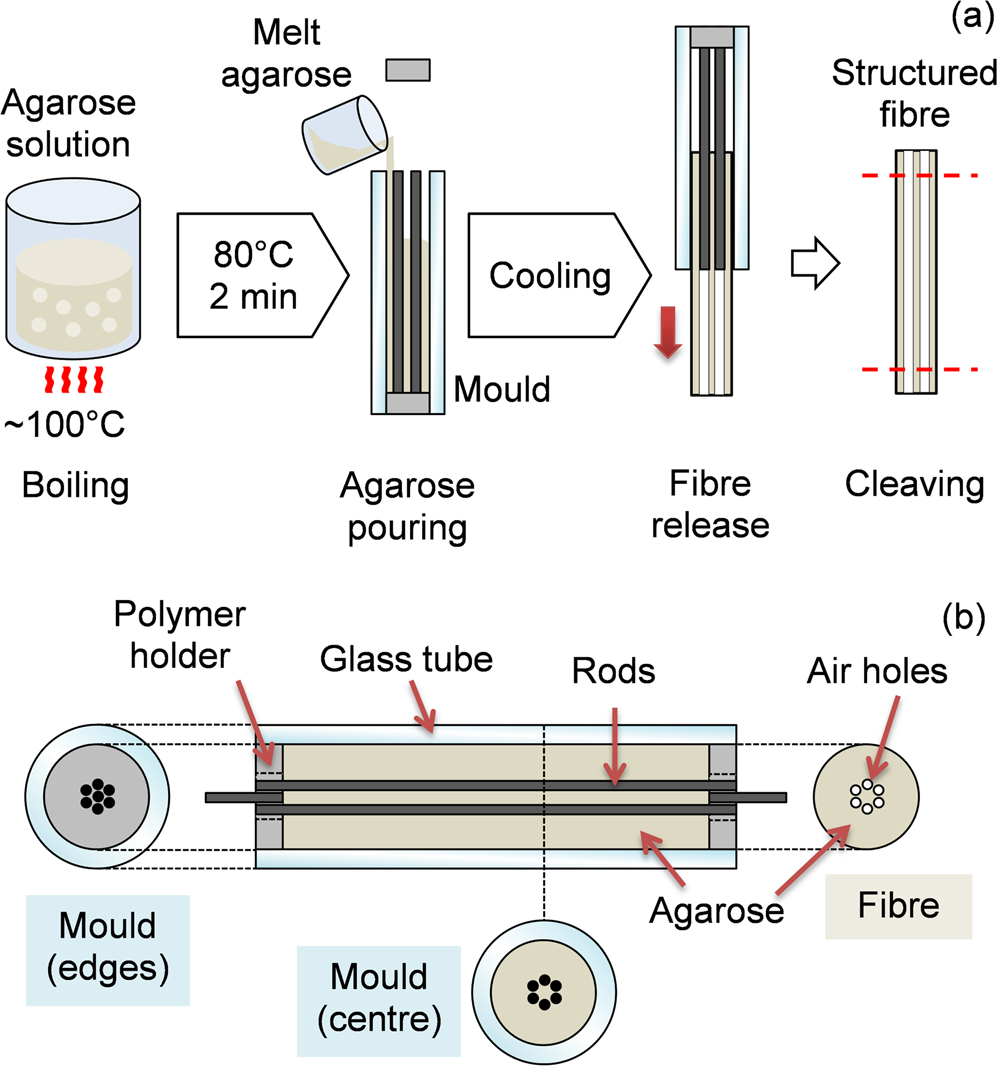Benefits of Using an Optical Fibre Diameter Analyser in Telecommunications
Benefits of Using an Optical Fibre Diameter Analyser in Telecommunications
Blog Article
Enhance Your Fibre Optic Projects With an Effective Diameter Analyser
The integration of an efficient size analyser right into fiber optic jobs offers as an essential component in accomplishing accuracy and consistency. By assisting in precise size measurements, these analysers not only enhance the high quality of installments yet also minimize prospective compatibility issues among parts.
Significance of Diameter Measurement
Determining the size of fiber optic cables is a critical task that ensures ideal efficiency and dependability in interaction systems. Exact size measurement is important for various factors, mainly for keeping signal integrity and lessening loss. A cable's size directly influences its ability to send light successfully; deviations from the specified size can cause boosted depletion, which influences the total performance of the network.
In addition, accurate measurement is crucial throughout the installment and upkeep of fibre optic systems. An improper fit between adapters and wires can cause signal destruction or full failure of communication links. By making sure that diameters are within specified resistances, service technicians can improve compatibility in between elements, resulting in improved system reliability.
In addition, size dimension plays a considerable function in top quality control throughout manufacturing. Consistency in the size of fiber optic wires is vital for ensuring uniform efficiency across various sets. optical fibre diameter analyser. This consistency assists makers maintain sector requirements and cultivates confidence among end-users
Features of a Reliable Analyser
A reliable analyser for fibre optic jobs should include a number of essential features that improve precision and use in size measurement. Firstly, high-resolution optical sensing units are important for accurate diameter readings, enabling customers to identify also the least variations in fibre density. These sensing units need to be matched by sophisticated calibration systems, guaranteeing consistent performance throughout various problems and materials.
Secondly, a straightforward user interface is crucial for helping with ease of procedure. This consists of intuitive software that permits for smooth data input and result, along with graphes of the dimensions taken. A portable layout improves functionality in various area atmospheres, making it simpler to conduct analyses on-site.
Furthermore, the analyser ought to sustain several dimension modes, fitting different fiber types and applications. The capacity to shop and recover historic data is another crucial function, enabling individuals to track efficiency over time and make notified choices.
Advantages for Fibre Optic Projects
Applying a diameter analyser in fibre optic tasks offers significant advantages that dramatically boost job effectiveness and quality. Among the main advantages is the capability to make sure precise measurements of fiber size, which is critical for keeping optimum efficiency in fibre optic systems. Accurate size analyses aid in the identification of variances that could lead to signal destruction or loss, thus guaranteeing top quality transmission.
Furthermore, the usage of a size analyser improves the quality assurance procedure. By automating dimension jobs, job teams can reduce the time invested in manual examinations, causing faster job completion and minimized labour costs. This performance additionally enables for even more extensive screening procedures, resulting in enhanced item dependability.
Additionally, consistency in fibre diameter dimensions advertises compatibility with other fibre optic parts, decreasing the threat of installment mistakes and improving total system important site performance. The consolidation of a diameter analyser not just aids in keeping market standards however also fosters self-confidence in job deliverables.
Combination Into Existing Operations
Integrating a size analyser into existing operations can significantly boost the functional effectiveness of fiber optic jobs. By seamlessly including this technology, groups can achieve exact dimensions that are vital to keeping the honesty and efficiency of fibre optic systems. This assimilation permits real-time data collection and evaluation, which can be essential during the manufacturing and installation phases.
In addition, the capability to automate size dimension processes decreases the capacity for human error, guaranteeing constant quality assurance throughout the task lifecycle. The information generated can be easily shared across platforms, facilitating cooperation amongst designers, professionals, and project managers. This access boosts decision-making and accelerates task timelines.

Selecting the Right Diameter Analyser
When selecting a diameter analyser for fiber optic projects, it is crucial to consider several essential variables additional hints that straight impact dimension precision and operational efficiency. Initially, the resolution and precision of the analyser should align with the particular demands of your job. Greater resolution tools can spot minute variants in size, which is critical for ensuring ideal performance in fibre optic systems.
Next, evaluate the rate of measurement. For tasks with limited deadlines, a size analyser that offers fast data purchase can substantially boost productivity. Additionally, think about the analyser's compatibility with existing systems and software application. A smooth integration lowers arrangement time and decreases disturbances throughout operations.
One more important aspect is the series of sizes the analyser can accommodate. Make sure that the chosen tool can handle the certain sizes of fibre optics you are collaborating with, along with any type of potential future demands. Lastly, review the manufacturer's assistance and service warranty offerings. When fixing or looking for assistance, reputable consumer solution and technological support can show indispensable. By carefully assessing these variables, you can select a diameter analyser that boosts the efficiency and precision of your fiber optic projects.
Verdict
In verdict, the integration of an efficient diameter analyser is paramount for boosting fibre optic jobs. Specific size measurements ensure optimum performance and reliability while reducing installation errors (optical fibre diameter analyser).
A cord's diameter straight affects its capability to send light properly; inconsistencies from the defined diameter can lead to increased depletion, which impacts the overall performance of the network.

Report this page